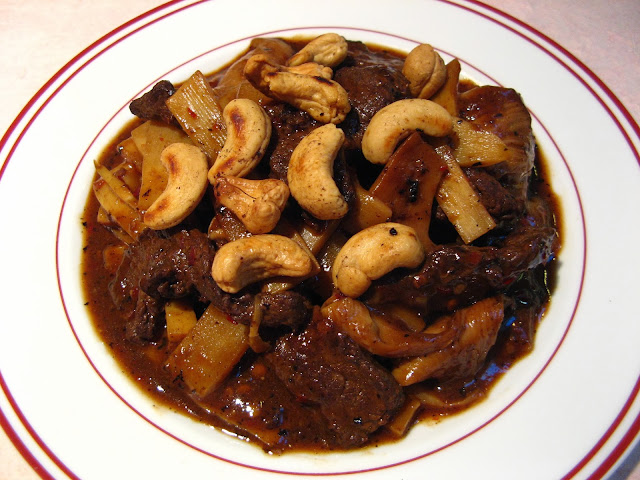Shrimp
in Lobster Sauce is a standard dish that you’ll find at Cantonese restaurants.
Since I was fresh out of lobster, I substituted Dungeness crab in its place. You
make this dish backwards. By that I mean for most stir fry dishes, the meat is
cooked first, then the vegetables, and finally the sauce. Since this dish only requires
the vegetables to be stir fried, the baby bok choy gets cooked first, then the
sauce, and finally the meat. The shrimp is cooked by the heat of the sauce, so a
thick sauce is made using the crab and eggs after the vegetables are cooked.
The sauce can be made using chicken stock, but since I had lobster stock, I
used that. The lobster stock was made using the Lobster
Noodles (Lung4 Haa1 Min6, 龍蝦麵)
recipe.
Enjoy!






